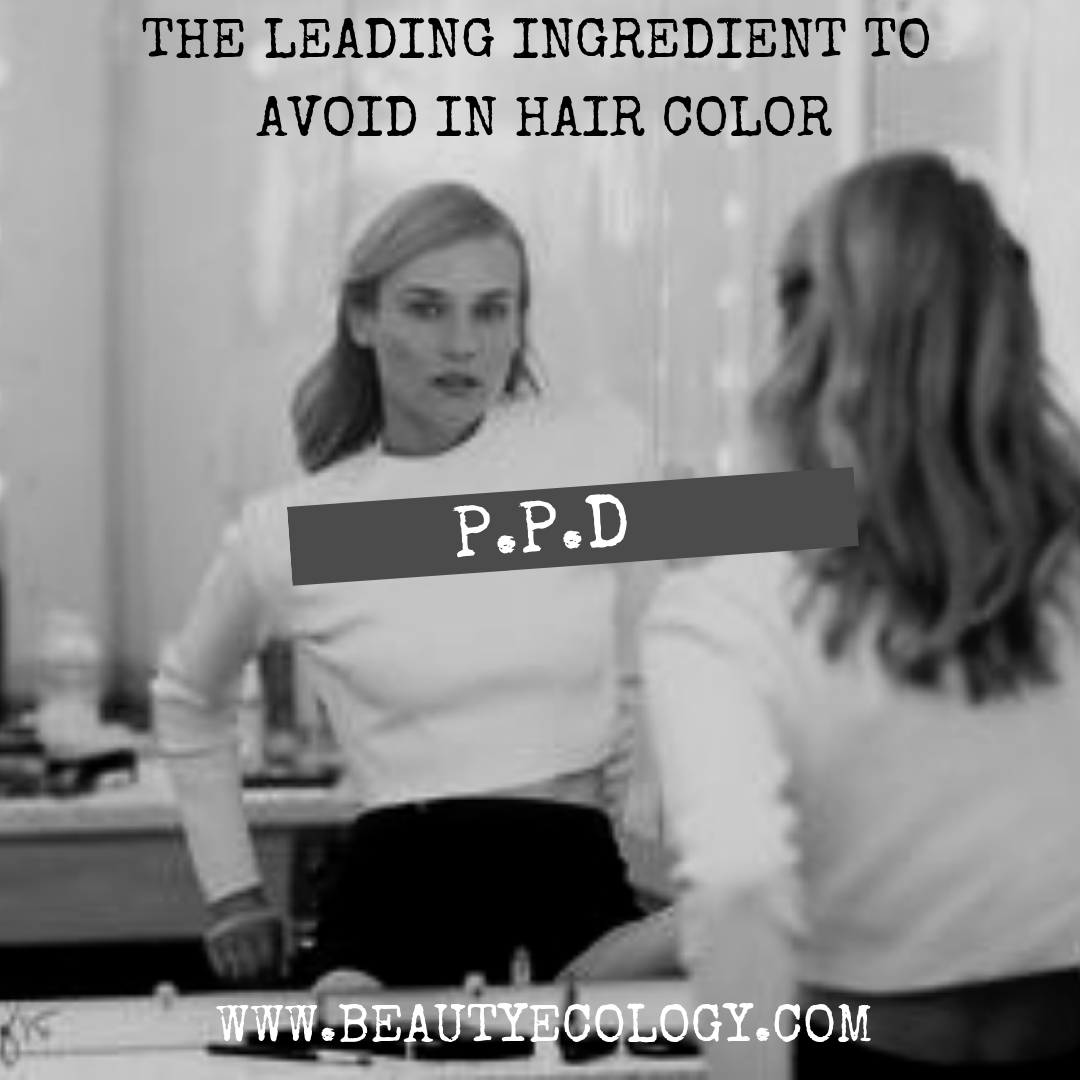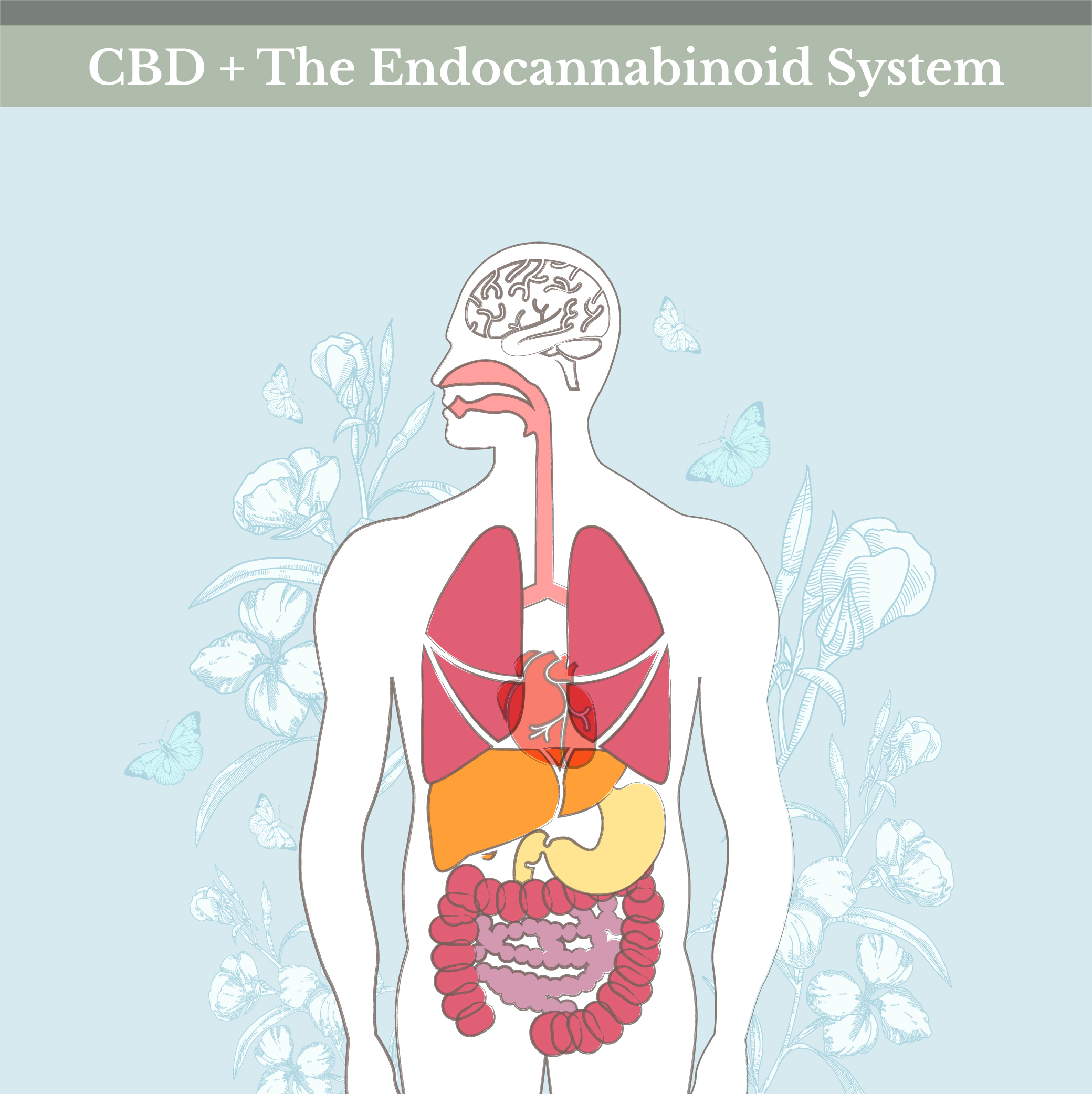Hello rays of light!
The issues around water quality are not new, but research that is abrupting the scenes, is. Water quality can detriment a women’s thyroid, to possibly increase fluoride toxicity.
Today’s topic is on the MYTH of pH water, and how H2 Molecular Hydrogen differs.
If you want to tag along via audio, head over to our Youtube channel and LIKE, SUBSCRIBE and SHARE so you can be the ‘early adopter’ you are with all the top shelf science and research delivered straight to your handheld.
So let’s dive in with Dr. Mercola’s teardown on H2 and pH Water!
Alkaline Water or Hydrogen Water — Which One Is Better for You?
STORY AT-A-GLANCE
Alkaline water is water that has been separated into alkaline and acid fractions using electrolysis
Many promoters and marketers claim alkaline water can correct excess acidity in your tissues, which can then prevent or reverse cancer, arthritis and other degenerative diseases, yet this is not supported by science
The higher the pH, the fewer free hydrogen ions (H+) it has; the lower its pH, the more free hydrogen ions (H+) it has
Hydrogen ions (H+) are not to be confused with molecular hydrogen (H2 gas); they are completely different from each other. Molecular hydrogen is a gas with very unique and selective antioxidant effects that specifically target damaging free radicals
The alkaline ionized water fad was an unfortunate outgrowth of its successful use coupled with a misunderstanding or ignorance of the therapeutic property of the water (e.g., benefits falsely attributed to alkaline pH and not the actual H2 gas)
Understanding pH
The concept of the acidity or alkalinity of your body — or of water — is based on the pH scale. What is pH? It's simply a measure of the concentration of hydrogen ions.10 In fact, the acronym "pH" is short for "potential of hydrogen."
The higher a liquid's pH, the fewer free hydrogen ions (H+) it has; the lower its pH, the more free hydrogen ions (H+) it has. One pH unit reflects a tenfold change in ion concentration, so there are 10 times as many hydrogen ions available at a pH of 7 than at a pH of 8.11
The pH scale goes from 0 to 14, and a pH of 7 is neutral. Anything with a pH below 7 is considered acidic, and anything with a pH above 7 is alkaline (or basic).
But the real reason why alkaline water is a scam is that it has no buffers to maintain its pH. The instant the alkaline water hits your very acidic stomach, the pH is neutralized as there are no buffers. Truly alkaline water would have an alkaline buffer like baking soda (sodium bicarbonate), which is also our body's natural alkaline buffer.
Some have claimed that as the stomach acid neutralizes the alkaline water, the bicarbonate ions are released into the blood and thus it has an alkalizing effect. This would be true if the alkaline water effectively neutralized all the stomach acid (like baking soda would), but alkaline water doesn't neutralize any significant quantity of stomach acid; the stomach acid completely neutralizes the alkaline water. So, there is no "net alkalizing effect."
Natural water on our planet ranges in pH from around 6.5 to 8.5, depending on surrounding soil and vegetation, seasonal variations and weather, and even time of day responses to sunlight. Human activities further influence the pH of our water, from the barrage of toxic industrial pollutants.
Most aquatic animals and plants have adapted to life in water with a very specific pH and will die from even slight changes. For example, Michigan State University found that when the pH of greenhouse media is too high (greater than 6.5), it increases the chances of micronutrient deficiencies in the plants, and too low of a pH (less than 5.3) results in calcium and/or magnesium and/or manganese toxicity.13
Similarly, Ohio State University Extension Service reports that alkaline water affects a plant's ability to obtain nutrients from the soil and can alter the soil's pH over time.14 Your body also requires a relatively stable pH, or else you'll run into problems. This was demonstrated in a Swedish well water study,15 which found both pH extremes to be problematic.
Notably, pH appears to have a major influence on your mitochondria.16 Research has shown normal cells die under extremely alkaline conditions, as a result of altering mitochondrial function.17
So, as noted by Fenton, "alkaline water is a solution to a problem that doesn't need solving." Indeed, it makes sense that you are designed to drink water that occurs naturally, which excludes alkaline water with pH levels of 9.5 and above.
Early Days of Hydrogen Water Production Shed Light on Alkaline Water Myth
Interestingly, aside from Young taking the acid-ash hypothesis and running with it, there's another piece of history that helps explain why the alkaline water myth gained hold. The Molecular Hydrogen Institute explains the history of electrolyzed reduced water or ERW (the most common term used for alkaline water in the scientific literature):18
"Studies on ERW began in the 1930s in Japan, and in 1965 the Japanese Ministry of Health, Labor and Welfare approved ERW as a medical substance with potential to improve gastrointestinal symptoms …
Over the ensuing decades, anecdotal and scientific evidence accumulated substantiating many other benefits of ERW such as: protecting DNA from radical damage, increasing glucose uptake, improving diabetes, preventing premature cell death, offering liver protection, preventing lipid oxidation and others. However, it was uncertain as to how ERW was producing these benefits."
Unfortunately, this is how the misunderstanding about pH came about. However, as noted by the Institute, "It is now well-recognized that the primary agent responsible for the benefits is attributed to the dissolved molecular hydrogen gas." So, in a nutshell, the benefits, when there are any, are actually due to the presence of molecular hydrogen, and has nothing to do with the pH of the water. Dr. Kyu-Jae Lee, a hydrogen gas researcher, says:
We later discovered that the benefits in this model were mediated by H2-induced gastric ghrelin secretion via a ß1 adrenergic receptor-dependent pathway. Although hydrogen's effect in Parkinson's disease has now been confirmed in a human clinical trial, more research is necessary to reveal the molecular mechanisms responsible for the therapeutic benefits of H2.
What Is Molecular Hydrogen?
Molecular hydrogen (H2) — two hydrogen atoms combined together — is a gas with very unique and selective antioxidant effects that specifically target the most harmful free radicals. It works primarily by improving and optimizing the redox status of the cell when needed.
As a result, you see improvements in superoxide dismutase, catalase and glutathione levels, for example. Not only does hydrogen selectively reduce the most toxic radicals, but it can help prevent an excess (which becomes toxic) of the free radicals from being produced in the first place.
H2 also activates the Nrf2 pathway when needed. Nrf2 is a transcription factor that, when activated, goes into the cell's nucleus and binds to the antioxidant response element in the DNA. It then induces the transcription of further cytoprotective enzymes such as glutathione, superoxide dismutase catalase, glutathione peroxidase, phase II enzymes, heme-1 oxygenase and many others.
A landmark paper on molecular hydrogen came out in Nature Medicine in 2007, showing 2 percent hydrogen gas was effective at preventing brain damage from ischemia reperfusion and, as an antioxidant, has powerful therapeutic applications.
Hydrogen is the smallest molecule in the universe, and is neutral and nonpolar, which is why its bioavailability is so great. It does not dissociate into its electrons and protons when dissolved in water, so it will not alter the pH of water or your body and has nothing to do with the alkaline water concept.
More than 1,000 peer-reviewed scientific publications have collectively demonstrated that H2 has therapeutic potential in over 170 different human and animal disease models. In fact, hydrogen is shown to benefit virtually every organ of the human body, and the reason for this is because hydrogen actually targets and mitigates the root causes of inflammation and oxidation.
Hydrogen Water Versus Hydrogen Peroxide
Due to the similarity in names, many confuse hydrogen water with hydrogen peroxide (H2O2), and I often get asked if one can get the benefits of molecular hydrogen by drinking hydrogen peroxide in water. This is a dangerous mistake to make, so let me make this point abundantly clear:
Never ingest hydrogen peroxide (3 percent solution).
Hydrogen peroxide (3 percent solution) — the stuff you use to disinfect wounds — is not the same as molecular hydrogen or hydrogen (H2) water. Hydrogen peroxide is for topical use only. You could potentially use it is as a mouth rinse for gingivitis, provided you spit it out and do not swallow, and you can pour a few drops into your ear canal as a remedy to combat cold and flu symptoms. But you should never ingest hydrogen peroxide.
Another common misconception is that adding hydrogen to water will form hydrogen peroxide. As explained by the Molecular Hydrogen Institute:23
"Water has the chemical formula H2O, and hydrogen peroxide has the chemical formula H2O2, which by comparison contains an extra oxygen, not hydrogen. So, it does not, indeed it cannot, form hydrogen peroxide.
The fact is, hydrogen gas does not bond to or react with the water molecules, it just dissolves into the water. It does not create some novel molecule like H4O, which would in fact be chemically impossible to form.
Therefore, hydrogen water and hydrogen peroxide are completely different substances. Furthermore, hydrogen peroxide cannot be used to generate H2 gas or make hydrogen-rich water."
Alkaline Versus Alkalinity
Yet another source of confusion is the issue of alkaline versus alkalinity. These two words are not interchangeable, as from a scientific standpoint as they refer to different things. This too may be part of why people have placed such undue value on alkaline water. As explained by Mark Timmons, CEO of U.S. Water Systems:24
"To alkalize your body means that you give the body the ability to maintain a proper pH, but in order to do that you need water with alkalinity not alkaline water. pH merely measures the degree of acidity or alkalinity, not the capacity to neutralize acid … You also don't alkalize your body based upon pH, but rather on alkalinity.
Alkalinity measures the ability to neutralize acid with buffers which are the sum of bicarbonates. Alkalinity is measured in mg/L (milligrams per liter). Alkaline mineral compounds include … calcium, potassium, magnesium, sodium, manganese [and] iron. So, you need to add alkalinity to your body, but you need to realize that pH has no relation to that alkalinity.
Alkaline Water Is an Unlikely Cancer Preventive
One of the purported health benefits of drinking alkaline water is cancer prevention. However, much of the research really argues against alkalinity when it comes to treating cancer.
According to Robert Gillies, who has studied tumor formation and acidity at the Moffitt Cancer Center,25 tumors make their own acidity by their very nature, and they do this even in an alkaline cellular structure.
Scientists developing anticancer agent prototypes that selectively kill tumor cells by interfering with the regulation of intracellular pH also report that alkaline treatments do not have the desired effect, whereas strongly acidic treatments do!26
Even more interesting is a 2005 study27 by the National Cancer Institute, which revisits the use of vitamin C (ascorbic acid) to treat cancer. They found that, in pharmacologic doses administered intravenously, ascorbic acid successfully killed cancer cells without harming normal cells.
This is yet another example of cancer cells being vulnerable to acidity, as opposed to alkalinity. So, it seems clear that the relationship between alkalinity and cancer has been grossly oversimplified by those jumping to premature conclusions.
Resource: https://articles.mercola.com/sites/articles/archive/2018/11/12/hydrogen-water-vs-alkaline-water.aspx

































